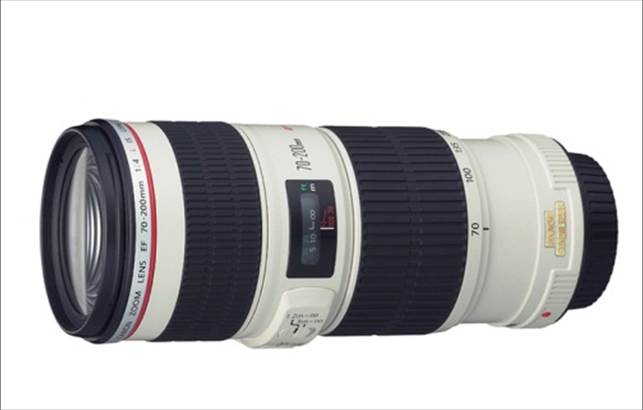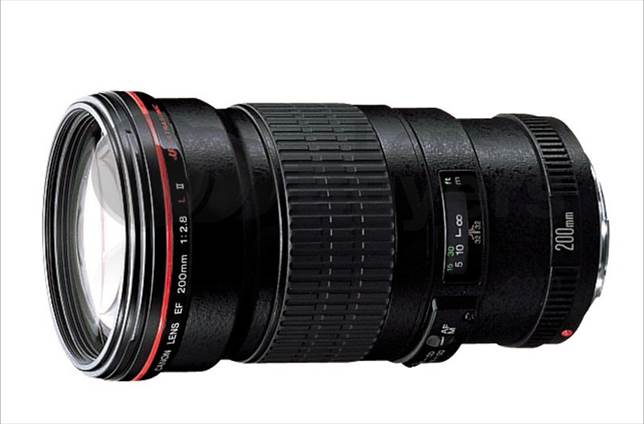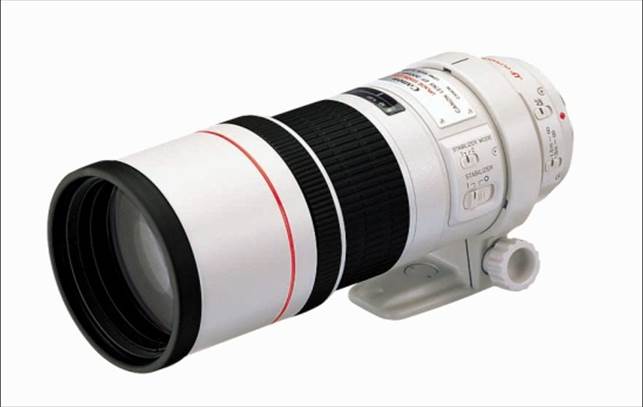What to look for when choosing a telephoto lens
Compared with most budget telephoto lenses, the ones we’re
featuring here are faster in two crucial areas: aperture and autofocus. Unlike
relatively low-cost telephoto zooms with variable apertures throughout their
zoom ranges, many lenses in this group have a maximum aperture of f/2.8, which
remains constant throughout the zoom range. That makes the aperture two f/stops
larger at the telephoto end, enabling a shutter speed that’s four times as
fast.
Fast shutter speeds are essential for freezing action in
fast-paced sports, and lenses with larger apertures enable this when lighting
conditions are anything other than bright and sunny. It’s even more important
for indoor venues; you’ll be able to get sharp shots without the need to ramp
up your camera’s ISO setting, which can degrade picture quality. Another bonus
of a larger aperture is that it reduces the depth of field. This is useful when
you’re not panning, as it enables you to blur backgrounds and isolate the main
area of interest.
Naturally, a zoom lens isn’t the only choice, and there’s
something to be said for the pure optical quality of a prime lens. You can
typically expect less distortion, while sharpness should be exceptional.
However, with the fixed focal lengths of the Canon 200mm, 300mm and 400mm lenses
in the group, you can find that your options are limited, as you won’t be able
to zoom in and out to adjust the composition. The longer 300mm and 400mm lenses
have smaller maximum apertures of f/4 and f/5.6, although you can still get a
fairly tight depth of field, thanks to their longer focal lengths. All but the
Tamron 70-200mm lens on test feature ring-type ultrasonic (USM) autofocus,
although Sigma calls it hypersonic (HSM). They’re typically much faster than
basic micro-motor and even ultrasonic motor-driven autofocus systems, and
therefore better able to snap onto a moving target quickly, before a fleeting
moment is lost. They’re also more able to keep pace with fast-moving targets in
AI-Servo (continuous) autofocus mode. Other bonuses include practically silent
operation and full-time manual focus override; the latter only works in One
Shot autofocus mode but is still worthwhile, as you can manually tweak the
focus setting if needed, after the autofocus has locked on.
Canon EF 70-200mm f/4L IS USM
Despite being the same size and only 50g heavier than
Canon’s cheaper 70-200mm f/4, this lens offers a four-stop image stabiliser and
full weather seals, more worthy of an L-series lens. As featured in the
70-200mm f/2.8 IS, it’s a new-generation stabiliser that boasts automatic
tripod detection and a secondary mode for panning in either horizontal or
upright orientation.

Canon EF 70-200mm
f/4L IS USM
In many ways, the lens looks and feels like a downsized,
lightweight version of the Canon 70-200mm IS, and the relative lack of weight
is nice for long periods of handheld shooting. Build quality is good and the
autofocus performance is very fast, even in low light. However, like the
non-stabilised 70-200mm f/4, it can’t take advantage of the high-sensitivity
central AF point in most EOS cameras.
There’s little to choose between this lens and the
non-stabilised version in terms of image quality. Both deliver excellent
sharpness and contrast, with impressively low distortions and colour fringing.
For handheld shooting though, the addition of the stabiliser makes this lens a
much stronger contender.
|
Verdict
·
Price: $1,350
·
For: Effective stabiliser; high build quality and optical
performance
·
Against: Much pricier than non-stabilised version; not that
‘fast’ at f/4
|
Canon EF 200mm f/2.8L II USM
One way to get a faster f/2.8 maximum aperture at 200mm,
while keeping costs down, is to forego any zooming potential and stick with a
prime lens. This L-series lens aims to fit the bill. It’s much smaller and
lighter in weight than the 70-200mmf/2.8 zoom lenses, so it’s very comfortable
for handheld shooting. At 770g it’s actually slightly heavier than the70-200mm
f/4 lenses, but can still be used on a tripod or monopod without a tripod
collar (it doesn’t come with one).

Canon EF 200mm
f/2.8L II USM
The construction feels tough, with lots of metal rather than
plastic in the body, as you’d expect from an L-series lens; however, it lacks
weather-seals. Autofocus is fast and accurate, even in very gloomy lighting,
and it’s well able to track sporting action indoors or out.
Image quality is very good although, despite this being a
prime lens, it isn’t quite as sharp as Canon’s 70-200mm IS zoom, which is a
testament to the latter’s stunning performance. Ultimately, the lack of a zoom
facility can be limiting and the lack of stabilisation can cause problems in
handheld shooting, but this lens is still well worth the money.
|
Verdict
·
Price: $820
·
For: No shortage of optical quality, and it’s well built too
·
Against: Lacks stabilisation and a zoomfacility, which can be
limiting
|
Canon EF 300mm f/4L IS USM
One of the letdowns of upgrading from a budget 70-300mm
telephoto zoom to a fast 70-200mm lens is you lose 100mm in telephoto reach.
The EF 300mm gives you exactly the same reach, albeit without a zoom facility,
as well as being a stop faster at f/4 compared with f/5.6.

Canon EF 300mm
f/4L IS USM
Luxuries in this L-series lens are few and far between. It’s
not weather-sealed, and the stabiliser is an old generation that only offers a
two-stop advantage. All other stabilised lenses on test give a four-stop bonus.
At least the ring-type ultrasonic autofocus is very quiet, but it’s noticeably
slower than on any of the Canon 70-200mm lenses in the group, or Canon’s 200mm
prime telephoto lens; there’s a marked delay when switching from a close-up
subject to one in the background, and vice versa.
The lens is super-sharp and virtually distortion-free, but
overall image quality isn’t any better than from the Canon 70-200mm lenses. If
you don’t really need the extra telephoto reach, then the added versatility of
a 70-200mm zoom lens is a bigger attraction.
|
Verdict
·
Price: $1,450
·
For: Image quality is sharp and practically free of distortions
·
Against: Second-rate stabilisation; autofocus could be faster
|